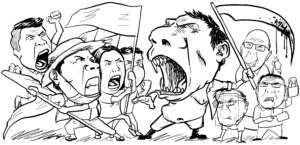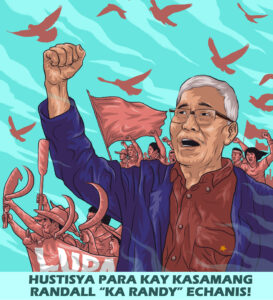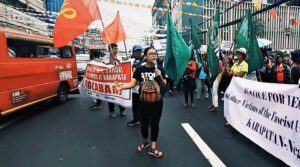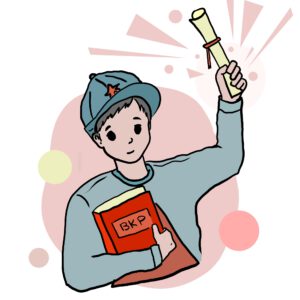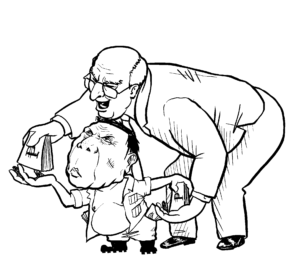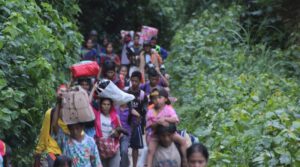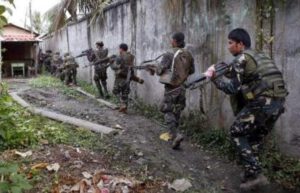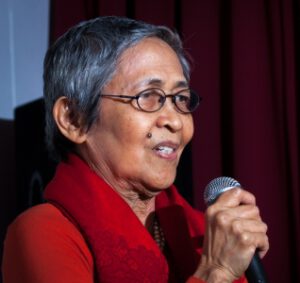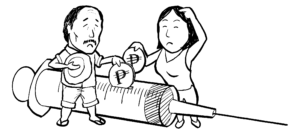The struggle to survive

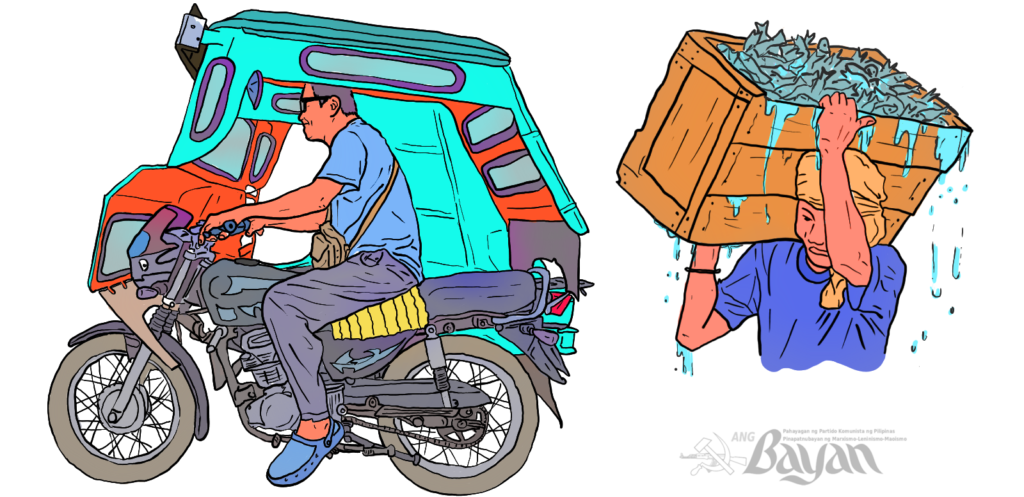
The worst drop in local production in the first half of 2020 is a result of Rodrigo Duterte’s prolonged and destructive lockdown. Its impact was felt in Visayas and Mindanao where lockdowns were imposed simultaneous with Luzon and Metro Manila in March. Local governments abruptly and without prior plans stopped production activities, transportation and commerce and other livelihoods of the toiling masses.
Gleaned from Ang Bayan’s interviews, workers and semiworkers in the Visayas and Mindanao earn P250 up to P500 a day. A large chunk of their earnings is spent on food and electricity and water bills. They do not earn enough to send their children to school. They have no savings in case of sickness. They are buried in debt. Those who have not received aid had to rely on intermittent and meager remittances from their relatives abroad.
When the lockdowns were imposed, most of them have not received any compensation from their employers. Only those who were already registered in the 4Ps program were aided. In their desperation to earn, they went back to work without the assurance that they would be safe. They are forced to accept low wages and work under worse inhumane conditions. To earn half of what they earned before, they push their bodies to the limit, putting their own health and that of their families in danger.
Slashed earnings
Victor, 47 years old, married and with children, works in a sugar milling plant. He earns ₱10,000 a month for working 8 hours a day, six days a week. Even prior to the pandemic, he was not earning enough to cover his kids’ schooling. Under the lockdown, he lost opportunities to increase his income when the company cut down production and slashed the hazard pay of workers.
Jerome and Bitao’s primary source of income is fishing. Before the pandemic, Bitao earned P300 in the Visayas. Jerome, who hails from Mindanao, sometimes worked in big commercial fish farms and supplemented his income by gathering clams, crabs and other seafood in mangrove forests. He earned ₱400 to ₱600 a day. To earn the said amount, he would start out at 5 a.m. to scour for seafood in the mangrove forests. He would return to his house at 3 p.m. to eat.
Bitao and his wife, both 4Ps beneficiaries, received ₱11,900 in the last six months (or an average of ₱1,600 a month.) Even with his earnings, this was insufficient to make ends meet for his family. He does not have enough money to pay for his children’s online, modular or blended learning so he did not enroll both his two children in high school chidren and another two in elementary.
Desperate measures
Arnel, Genero and Berns went back to construction work when restrictions were lifted in May.
Arnel, previously jobless, was employed by a local company where he worked from Monday to Saturday, eight hours a day, for an income of P2,500 a week. He borrowed money to buy a motorcycle which he can ride to work. He started working without a contract. He was not provided any protective gear, even for dangerous work like welding.
Genero, on the other hand, has been previously employed as a heavy equipment operator. His province reopened construction activities in May in favor of a multinational pineapple plantation in the area. He went back to work without taking precautionary health measures and without the assurance that his company will pay for his medical bills if he contracts Covid-19. Whenever he gets a cough or fever, he would take paracetamol or an antibiotic and just prays that he will get well.
Among the three, Berns is the most indigent as his company closed down when the lockdown was imposed. He is jobless up to now. He received a small amount of aid as a 4Ps beneficiary. To supplement this, he sold fish to feed his family. He and his wife decided not to enroll their children as it would be difficult for them to act as their teachers.
Overworked
Manuelito is a motorela driver in Mindanao. Before the pandemic, he earns ₱500 a day or ₱12,000 a week. This is insufficient to the estimated ₱24,000 that his 8-member family needs. To compensate, Manuelito turned to borrowing and had to shell out P600 a week for payments.
He received a financial aid of P1,700 and food aid only once since the start of the lockdown. When motorelas were allowed to operate, he borrowed money so that he could install plastic sheets on his vehicle. He earns less than half of what he earned before because motorelas are allowed to operate only in half capacity.
Couple Gladys and Jack work as salespersons. Combined, their income reaches up to ₱15,000 a month for working 8 hours a day, six days a week. Both lost their jobs during the lockdown. They would turn to their relatives for food as they could no longer pay for their food expenses. This continued even after receiving a limited financial and food aid from their employer. When the economy reopened, they worried about transportation and safety going to work. Glady’s company provided her with a face shield for work but she had to leave it at the store. She had to buy her own face masks and face shield for travelling. Her company implements a no work, no pay/hazard pay policy.
Luz, 50, has worked as a laundry woman for decades. She earns an average of P6,000 a month for almost an entire day of handwashing clothes. Their family’s income is at ₱8,400 a month when combined with her husband income as a caretaker of a poultry farm. Both their earnings is not enough even for their food needs.

